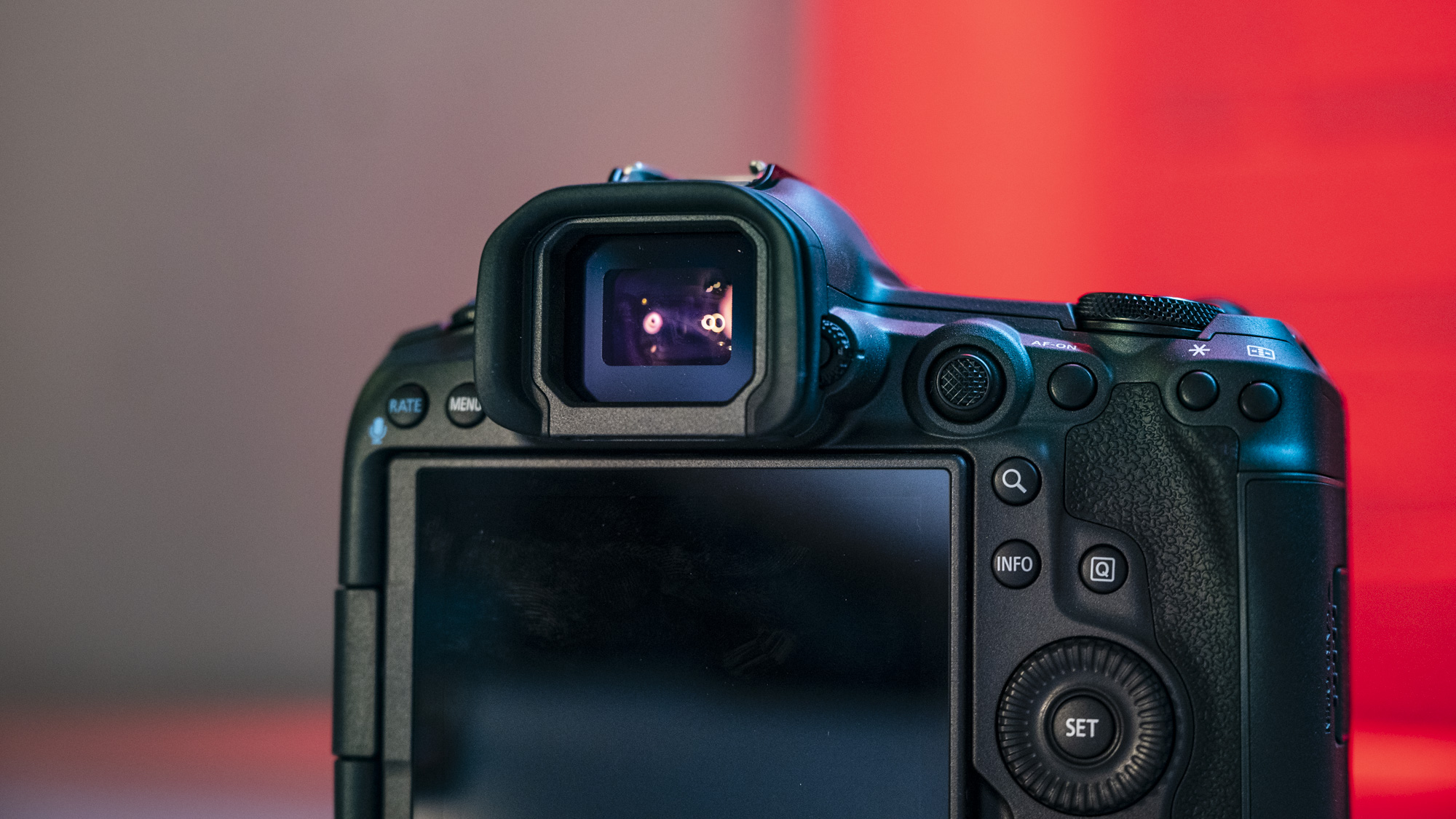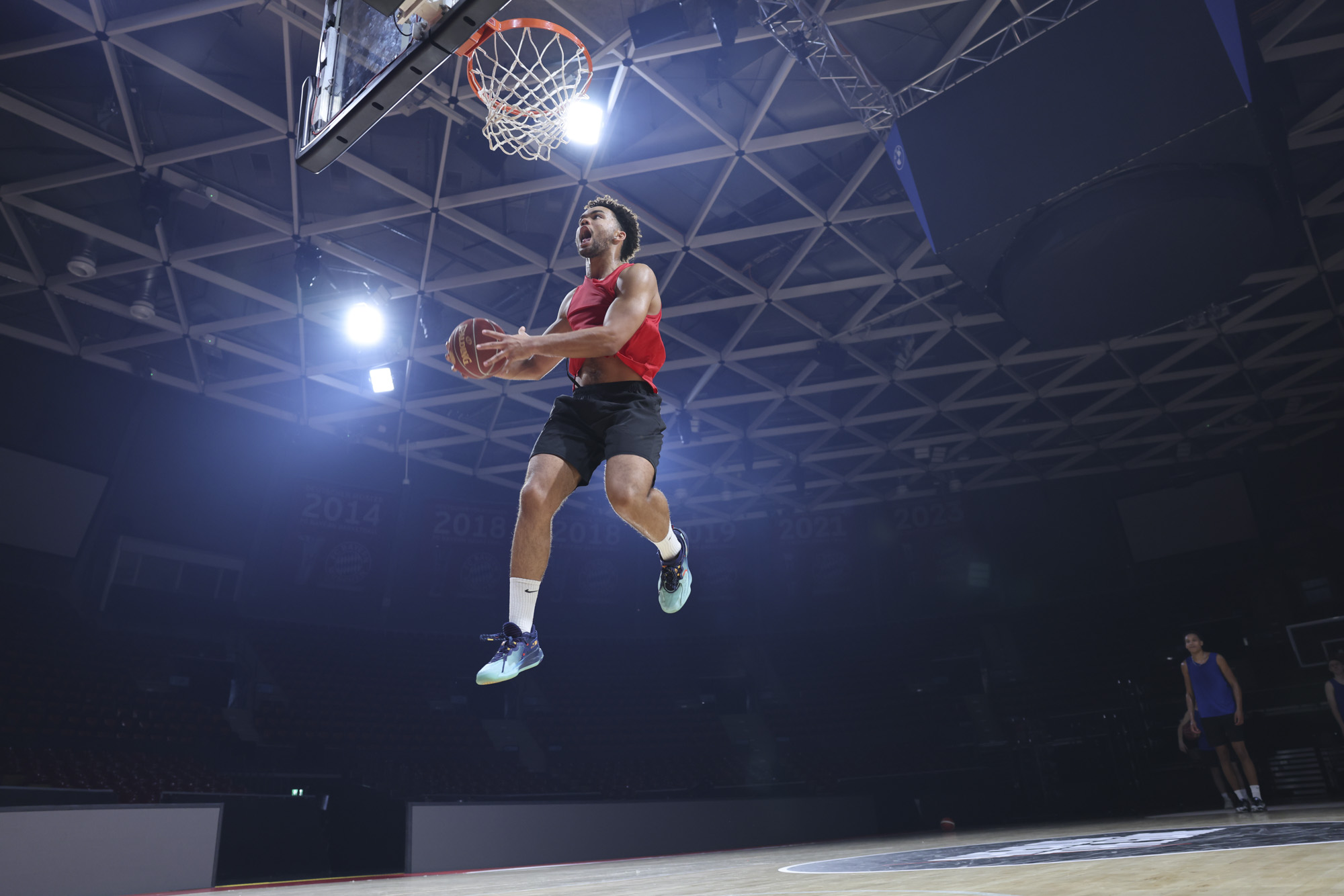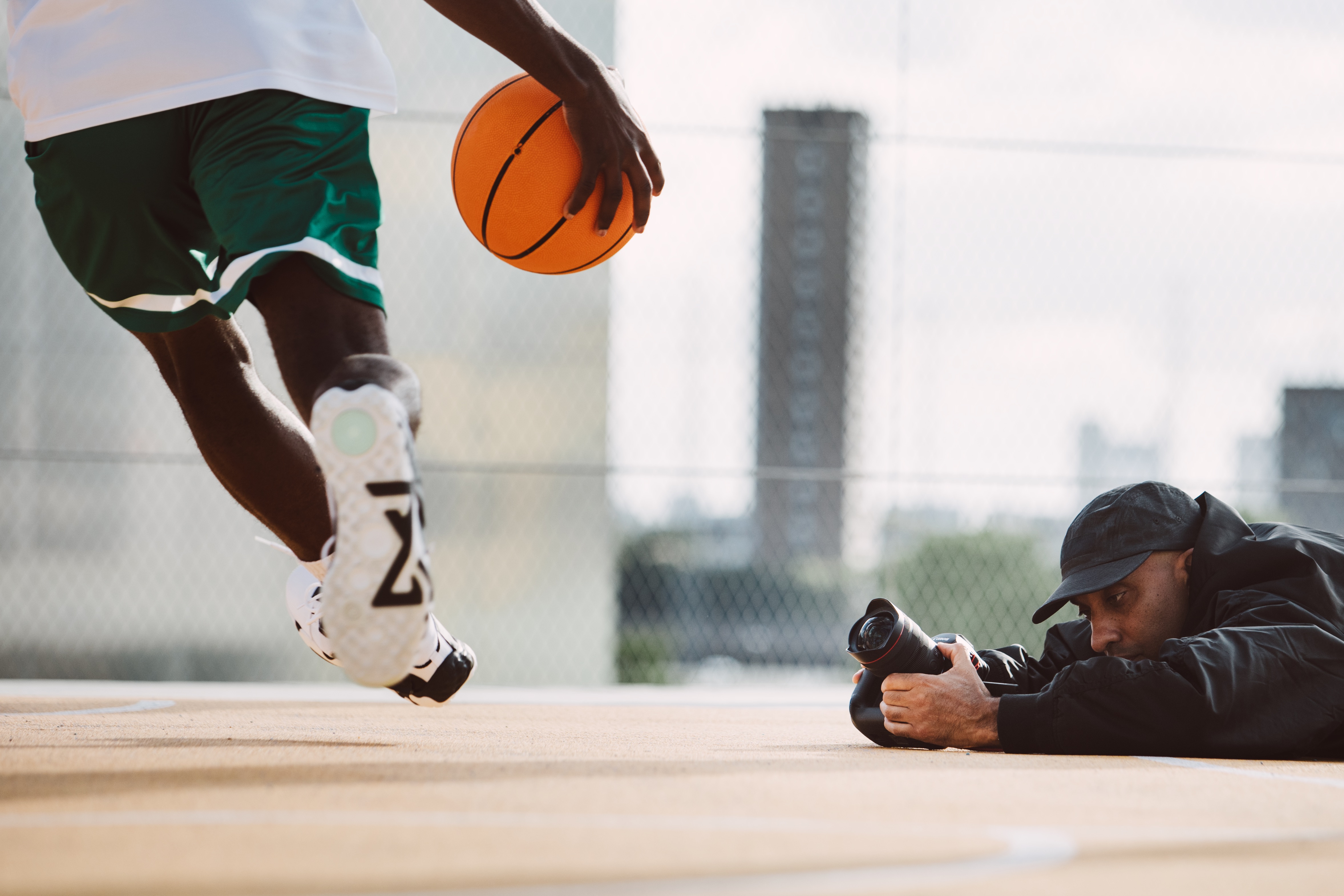I tested Canon's ingenious eye-control AF, and it made me feel at one with the camera
With a little refining, this feature could be a reason to switch to Canon

I’ll always remember experiencing Canon’s ingenious Eye-control AF for the first time. It blew me away during a hands-on session with the Canon EOS R1 and Canon EOS R5 Mark II – Canon's latest mirrorless cameras for pros.
The autofocus feature is unique to Canon. Once you've calibrated it to your eye, you simply look through the viewfinder, and Eye-control AF selects the autofocus point based on where you're looking in the frame (the EOS R5 Mark II promo video below illustrates the feature, starting at 1:51).
Trust me: if you're a keen sports, wildlife or even portrait photographer and haven't experienced Eye-control AF yet, you should give it a go – it's very, very cool.
Both cameras have inherited Eye-control AF from the Canon EOS R3, and Canon says it's doubly effective in the latest models. However, while the tech actually dates all the way back to the Canon EOS 5, a SLR camera from the 1992, and remains unique to Canon cameras, Eye-control AF is still only found in a few Canon models decades later, while other leading manufacturers have left it completely alone, so what gives?
Well, there are limits to its use which could be one reason why (the 1992 version of the tech met with a mixed reception from photographers, and Canon didn't adopt it more widely), but it certainly is special, and for very important reasons.
Autofocus and the user disconnect
The world's best autofocus systems are peculiar, intelligent entities. In 2024, leading cameras such as the Sony A7R V are equipped with AI-autofocus and an array of subject-detection AF modes. We photographers can choose subject-specific tracking autofocus, sport-specific modes, eye-detection autofocus, or spot autofocus from anyone one of hundreds of autofocus points. The list goes on, and autofocus can get pretty complicated, pretty fast.
When you get to shooting the action as it unfolds before you, little boxes appear around your subjects – their torsos perhaps, or their eyes – and these boxes can jump between various subjects, assuring you what's going to be in sharp focus.
Sign up for breaking news, reviews, opinion, top tech deals, and more.
These incredible autofocus systems yield incredible results, and – I've used this phrase before,– as a photographer it sometimes feels like cheating, because autofocus is almost too good. The hit ratio of sharp photos you can get for wildlife, sports and portraits, once you know how to get the most out of your camera's autofocus system, can be remarkably high.
For me, however, there's a big 'but'. I have somewhat of a disconnect with these intelligent autofocus systems, because they are in control. They decide what to focus on, albeit based on the parameters you've set – and there are usually too many parameters to choose between.
The best autofocus systems get the best results, but there's a part of me as a photographer that wishes for a little more involvement so that I can feel like I'm a part of the action; I want to feel a little more in sync with my camera, and feel like I'm in control rather than the technology.
When those little boxes act completely independently of me, I don't feel like I'm ultimately in charge in the moment, even though the camera is doing a great job by itself. On the flipside, I really like using manual focus, but it's impractical most of the time.

Step up, Canon's Eye-control AF. Put simply, it tracks where you're looking in the viewfinder and uses that information to select the autofocus area. The camera is still doing the heavy lifting, but it's based on your real-time input, and I love it more than any other autofocus experience.
The Canon EOS R5 Mark II and EOS R1 boast the most effective implementation of this tech yet, and my hands-on session was the first time I'd experienced Eye-control AF. I immediately felt immersed in the action through the viewfinder in a way that I don't with other autofocus systems.
In theory the camera might know better than me what the crucial part of the action is that it should focus on, but as a photographer it's important to me that the decision of where the focus lies is ultimately up to me, and not independent of me, even if I'm potentially more likely to get it wrong.
In use, Canon's feature was super-effective, reliably changing the autofocus area based on where I was looking, no matter the ambient conditions, and it works wonderfully in tandem with Canon's subject-tracking autofocus modes. I look at the subject that appeals, and the system then locks onto them until I look elsewhere.
I truly felt more connected to the camera when photographing action, because this autofocus mode was responding to me and not taking the lead itself. However, the system isn't perfect, and it needs refining in a couple of ways.

Human-led autofocus that could be world-leading, with a few tweaks
There are obvious limitations to Eye-control AF. For one thing, it only works through the viewfinder, and using the viewfinder can be impractical at times, such as when shooting from really low angles, where utilizing a tilt touchscreen is the better option.
Canon also hasn't configured its eye-control tech to work with the LCD screens of its cameras yet. In theory this could be possible, although I suspect it would be significantly less reliable than using it through a viewfinder, through which it's easier for a sensor to track where your eye is looking.
Then there's the need for calibration when switching up photoshoot locations, and between shooting horizontally and vertically. Currently Eye-control AF isn't able to auto-switch as you change the shooting parameters, and for the best results you need to go through a short calibration process every time, optimizing the system not just for your eye but for the shooting scenario.
For instance, if you use a setting calibrated for horizontal shooting and then try to shoot in vertical format, it doesn't really work. You can save a handful of calibration presets, for example one for sunny outdoors and another for dark indoors, with a horizontal and a vertical orientation option for each scenario. However, if any of those parameters change, you need to recalibrate.
And, even if you have the correct calibrations stored, you still need to manually select the setting based on the orientation in which you're holding the camera. The time taken to switch between Eye-control AF presets isn't afforded to photographers who need to respond quickly to unfolding action. As such, I can't see pro sports photographers opting for this autofocus mode over the others also available to them.
If Canon was able to refine the system so that it could auto-switch between your presets based on the orientation in which you're holding the camera, and also get the tech to work with a future Canon camera's LCD, it would be the autofocus mode to conquer the world – and it would be a feature that on its own would make it worth switching to Canon from other brands.
You might also like

Tim is the Cameras editor at TechRadar. He has enjoyed more than 15 years in the photo video industry with most of those in the world of tech journalism. During his time as Deputy Technical Editor with Amateur Photographer, as a freelancer and consequently editor at Tech Radar, Tim has developed a deeply technical knowledge and practical experience with cameras, educating others through news, reviews and features. He’s also worked in video production for Studio 44 with clients including Canon, and volunteers his spare time to consult a non-profit, diverse stories team based in Nairobi. Tim is curious, a keen creative, avid footballer and runner, and moderate flat white drinker who has lived in Kenya and believes we have much to enjoy and learn from each other.
